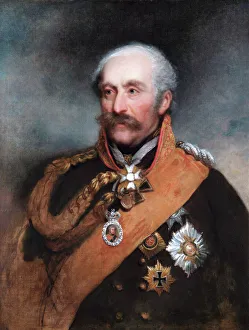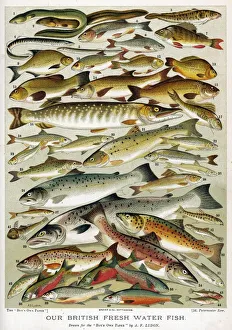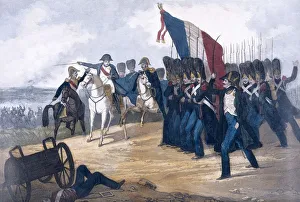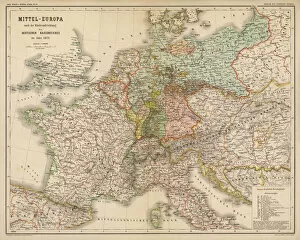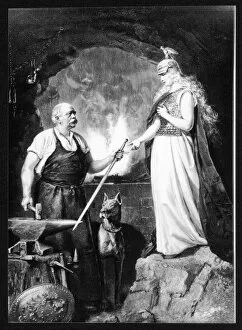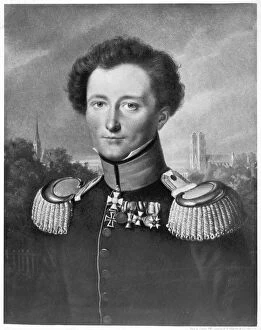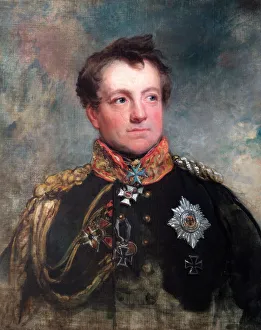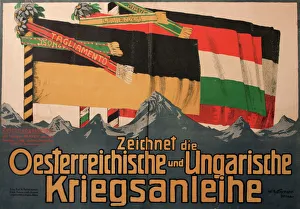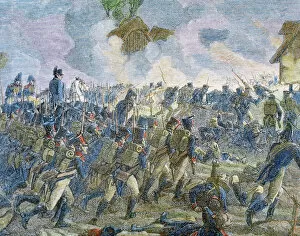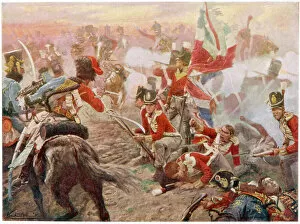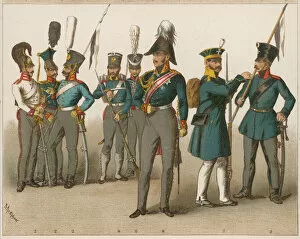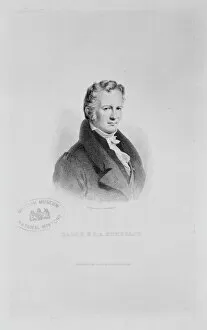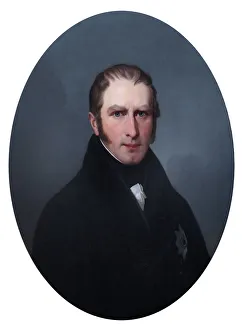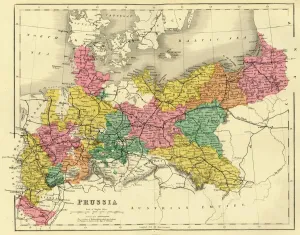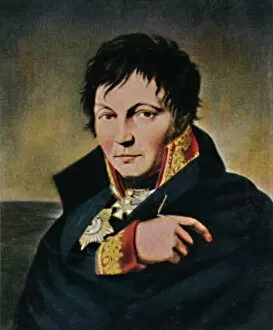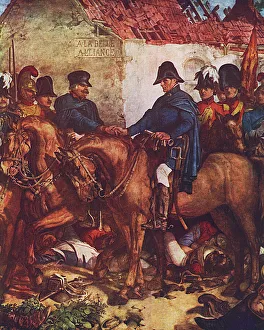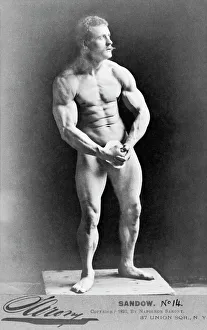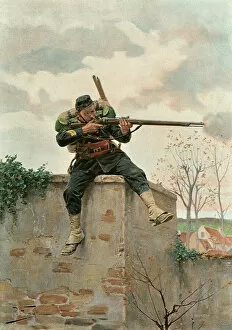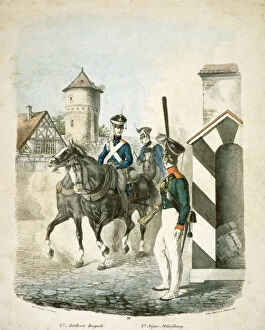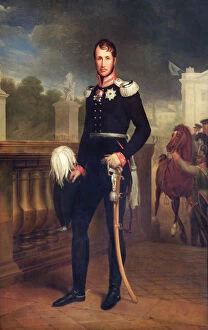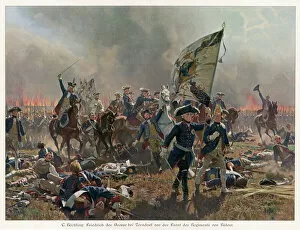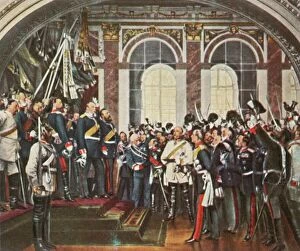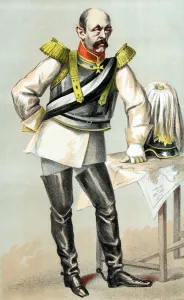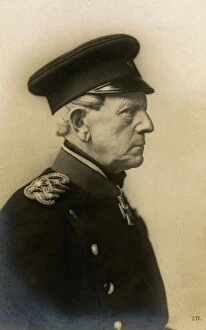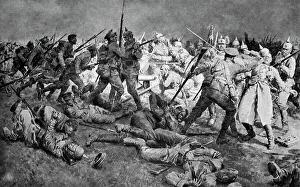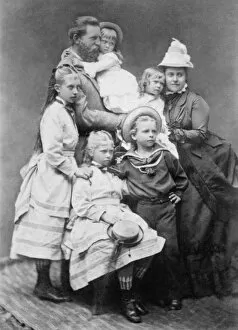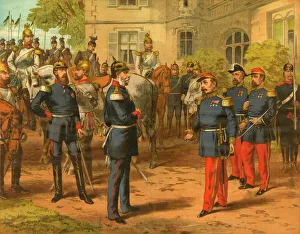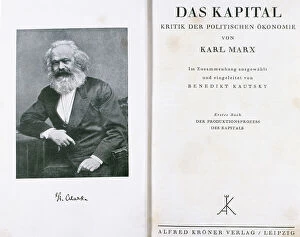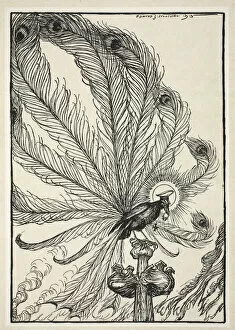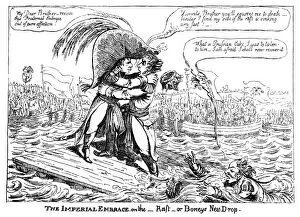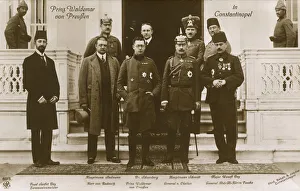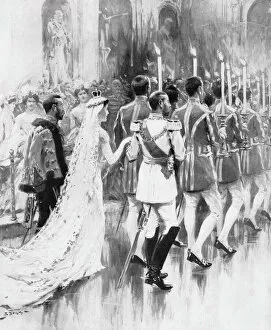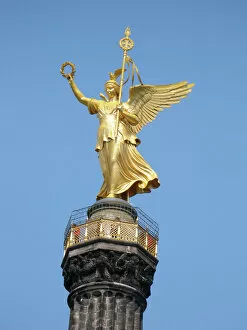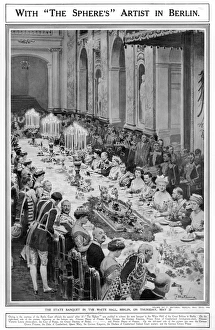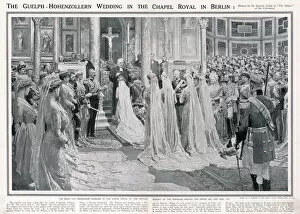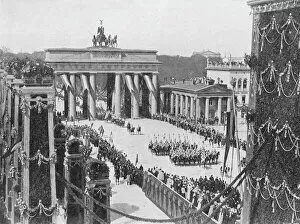Prussian Collection
"Prussian: A Legacy of Military Might and Political Strategy" The Prussian spirit, embodied by figures like Field Marshal Blucher and Count of Gneisenau
All Professionally Made to Order for Quick Shipping
"Prussian: A Legacy of Military Might and Political Strategy" The Prussian spirit, embodied by figures like Field Marshal Blucher and Count of Gneisenau, has left an indelible mark on history. From the Napoleonic Wars to the unification of Germany in 1871, Prussia's influence was felt across Europe. In the Battle of Waterloo in 1815, Prussian forces under Blucher played a crucial role in defeating Napoleon. Their strategic maneuvers turned the tide of battle and secured victory for the Allied forces. But Prussia's legacy extends beyond warfare. Bismarck, known as the "Iron Chancellor, " forged a united Germany through his political acumen. Like a blacksmith shaping metal, he skillfully crafted alliances and manipulated power dynamics to achieve his goals. With its vast territories depicted on maps across Europe, Prussia became synonymous with strength and authority. The newly unified Germany emerged as a dominant force on the continent. However, not all relationships were harmonious. Bismarck clashed with Napoleon III during their infamous encounter at Sedan. This clash marked a turning point in European politics and set the stage for future conflicts. Yet even great leaders must eventually step aside. In 1890, Emperor Wilhelm II dropped his trusted advisor Bismarck from power - symbolized beautifully by John Tenniel's artwork "Dropping the Pilot. " It signaled both an end to an era and uncertainty about what lay ahead for Germany. Throughout this tumultuous journey, military strategists like Karl Von Clausewitz provided intellectual guidance to shape Prussia's approach to war. Their theories influenced generations of military thinkers worldwide. From battles like Rothiere in 1814 to Koniggratz in 1866, where Austria-Hungarian War Bonds were advertised as symbols of national pride; each conflict showcased Prussia's determination and resilience against formidable adversaries. Today we remember Prussia as a force that shaped history, leaving an indelible mark on Europe.

